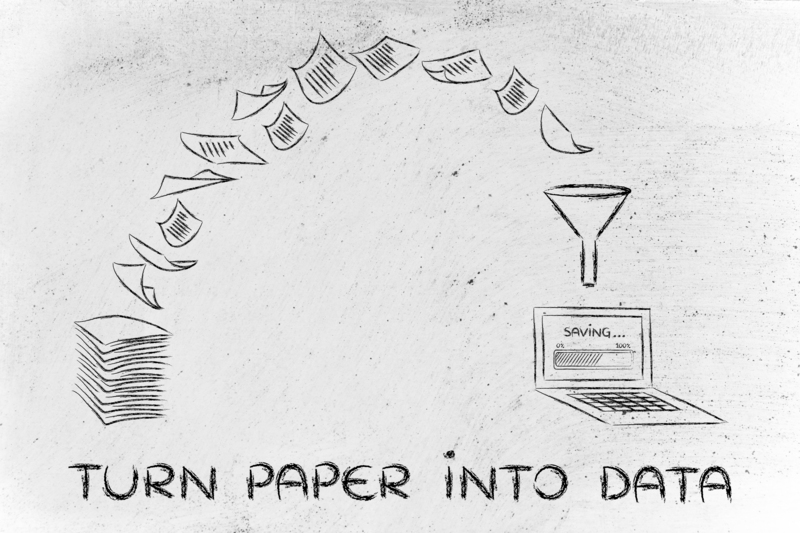Reshaping Old Textiles
Posted on 16/05/2025
The concept of reshaping old textiles has gained significant attention in recent years. As the world grapples with environmental sustainability, the fashion and textile industries are increasingly scrutinized for their waste production and ecological footprint. The process of upcycling old fabrics into new, usable items not only helps decrease waste but also promotes creativity and craftsmanship. This article delves into the various methods, benefits, and potential downsides of reshaping old textiles, while also providing useful tips and takeaways.

The Importance of Upcycling Textiles
The environmental impact of the textile industry is immense, with millions of tons of fabric waste discarded annually. By reshaping old textiles, we can help mitigate this problem. Recycling fabrics reduces the need for raw materials, conserves water, and lowers greenhouse gas emissions.
Methods of Reshaping Old Textiles
1. Patchwork and Quilting: One of the most traditional methods of repurposing old textiles is through patchwork and quilting. By combining pieces of various fabrics, you can create unique, colorful quilts or even clothing items.
2. Dyeing and Printing: Transform outdated or stained fabrics with natural dyes or modern printing techniques. This not only revitalizes the textile but also gives it an entirely new look.
3. Cutting and Sewing: Turn old clothes into new fashion items or household goods like cushion covers, tote bags, or even curtains. A simple sewing machine and a bit of creativity can go a long way.
4. Felting: Woolen fabrics can be felted to create new, sturdy materials suitable for making bags, hats, and even home decor items.
5. Weaving: Old textiles can be cut into strips and woven into rugs, baskets, or wall hangings.
Pros and Cons of Reshaping Old Textiles
Pros:
- Environmental Sustainability: Reduces the amount of textile waste in landfills.
- Cost-Effective: Utilizes existing materials, saving money.
- Customization: Allows for creative, personalized projects.
- Skill Development: Enhances sewing and crafting skills, fostering a sense of accomplishment.
Cons:
- Time-Consuming: Requires significant time and effort.
- Initial Skill Requirement: May need a basic understanding of sewing or other crafting techniques.
- Material Limitations: Some old textiles may not be suitable for all types of projects due to wear and tear.
Tips for Effective Upcycling
1. Start Small: Begin with simple projects to build your confidence and skills.
2. Acquire Basic Tools: Invest in a quality sewing machine, scissors, threads, and needles.
3. Plan Your Project: Visualize the end result and plan each step to avoid mistakes.
4. Experiment: Don't be afraid to experiment with different techniques and styles.
5. Learn from Resources: Utilize online tutorials, workshops, and books to gain new skills.

Takeaways on Reshaping Old Textiles
- Sustainability Matters: Your efforts contribute significantly to environmental conservation.
- Creativity is Key: Embrace your creativity and make something unique.
- Community Engagement: Join local or online communities for support and inspiration.
- Long-Term Benefits: The skills you develop will serve you in a variety of future projects.
Conclusion
Reshaping old textiles is a rewarding endeavor that combines sustainability with creativity. While it may present some challenges, the benefits far outweigh the drawbacks. With the right tools, some patience, and a bit of creativity, you can transform outdated fabrics into beautiful, functional new items. Whether you're an experienced crafter or a beginner, reshaping old textiles can be a fulfilling way to contribute to a more sustainable world.






